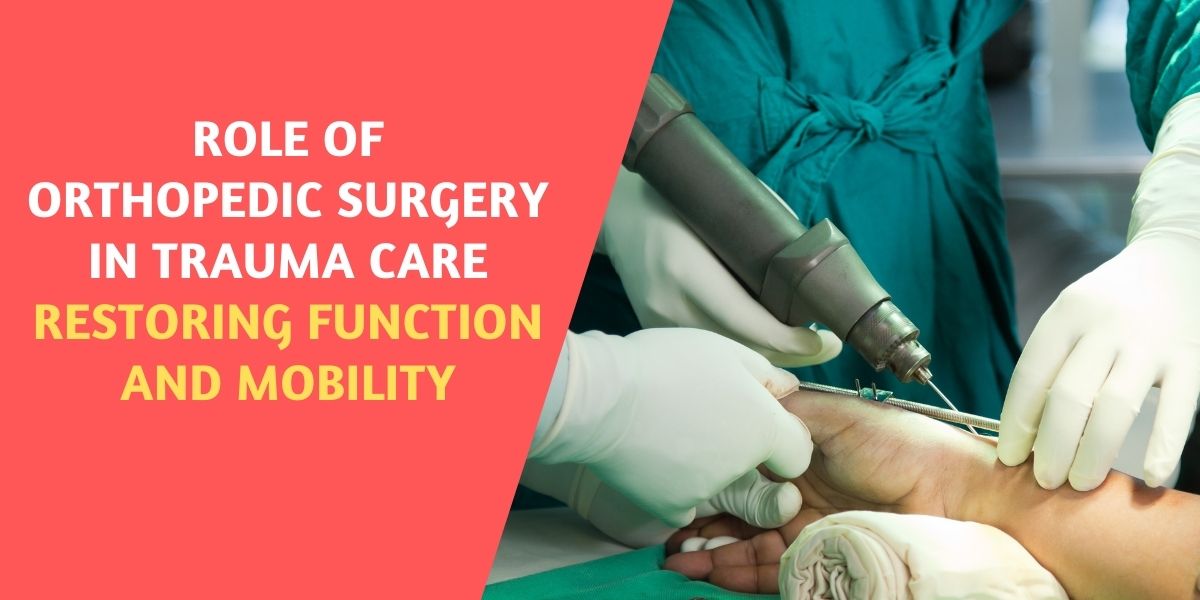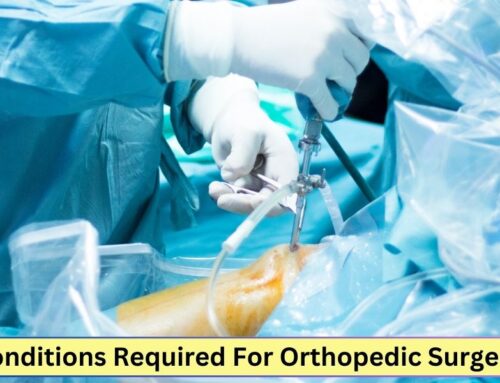Orthopedic surgery plays an important role in trauma care, aiming to restore function and mobility to patients affected by severe injuries. The ability to provide prompt and specialized treatment is crucial in preventing long-term complications and improving the overall quality of life for trauma victims. In this blog, we will explore the essential function of orthopedic surgery in trauma care and the latest advancements in the field.
Trauma and Orthopedic Injuries:
Trauma is a leading cause of morbidity and mortality worldwide, with orthopedic injuries accounting for a significant proportion of these cases. According to the American Academy of Orthopaedic Surgeons, approximately 20% of all trauma admissions involve orthopedic injuries. The most common injuries include fractures, dislocations, and soft tissue damage, which can have a significant impact on a patient’s quality of life.
The Role of Orthopedic Surgery in Trauma Care:
- Emergency Room Intervention: Orthopedic surgeons play a crucial role in emergency rooms, where they provide immediate treatment for trauma patients with musculoskeletal injuries. This includes surgical interventions, such as external fixation and internal fixation, to stabilize and realign bones.
- Reconstruction and Rehabilitation: Orthopedic surgeons also play a key role in reconstruction and rehabilitation after trauma. This involves repairing damaged tissue, restoring function, and promoting mobility through physical therapy and rehabilitation exercises.
- Advanced Techniques and Technology: Orthopedic surgery has evolved significantly in recent years, with the development of advanced techniques and technology. For example, minimally invasive surgery and arthroscopy enable surgeons to diagnose and treat musculoskeletal injuries with minimal tissue disruption, leading to faster recovery times and reduced postoperative pain.
- Multidisciplinary Approach: Orthopedic surgery often requires a multidisciplinary approach, with collaboration between surgeons, physicians, and rehabilitation specialists. This ensures that patients receive comprehensive care, addressing their physical, emotional, and psychological needs. The Future of Orthopedic Surgery in Trauma Care:
Revolutionizing Orthopedic Surgery: Innovations and Breakthroughs
-
3D Printing and Personalized Surgery: The use of 3D printing technology is revolutionizing orthopedic surgery, enabling surgeons to create customized implants and guide their procedures with enhanced accuracy. This approach offers improved outcomes, reduced complications, and shorter recovery times.
-
Robotics and Computer-Assisted Surgery: Robotics and computer-assisted surgery are becoming increasingly popular in orthopedic surgery, enabling surgeons to perform complex procedures with greater precision and control. These technologies also reduce the risk of complications and improve patient outcomes.
-
Stem Cell Therapy: Stem cell therapy holds great promise for orthopedic surgery, with the potential to repair and regenerate damaged tissue. This innovative approach could lead to improved outcomes and faster recovery times for trauma patients.
Orthopedic surgery plays an important role in trauma care, restoring function and mobility to patients affected by severe injuries. The field has evolved significantly in recent years, with advances in technology, medical research, and multidisciplinary approaches. As we look to the future, we can expect even more innovative solutions to emerge, improving outcomes and transforming the lives of trauma victims. By staying at the forefront of these developments, orthopedic surgeons can continue to make a meaningful impact on trauma care, helping patients recover and thrive.




